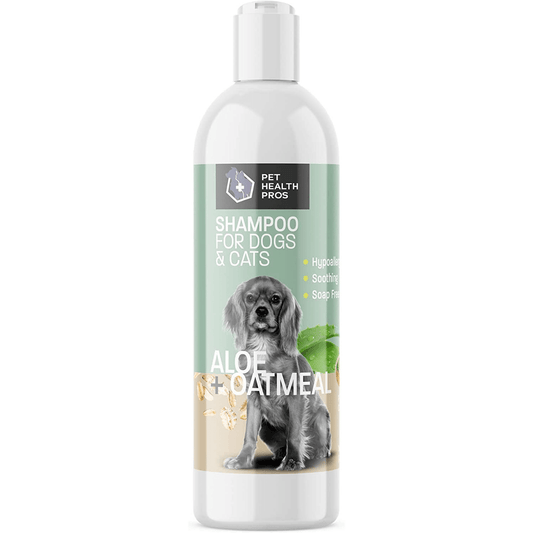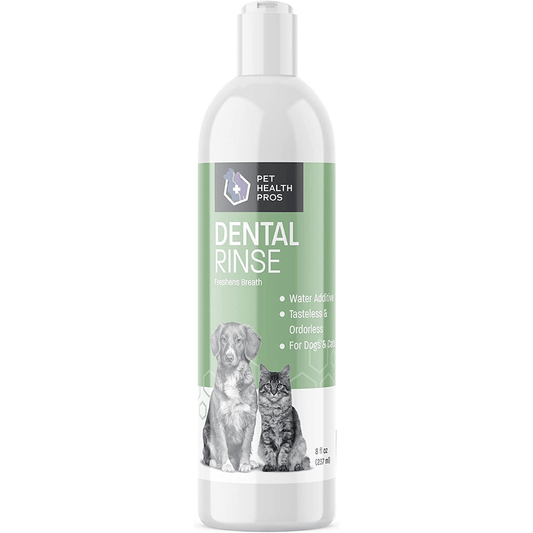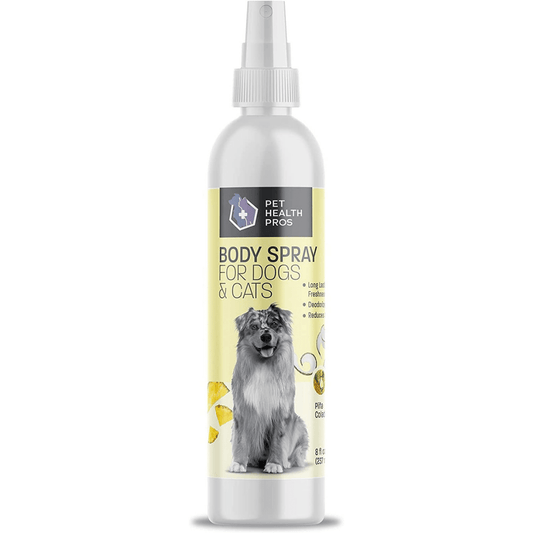Dog yeast infection in feet can be a common and uncomfortable condition for our furry friends. It is important for dog owners to understand the causes, symptoms, and treatment options for this type of infection. By taking preventative measures, such as maintaining good hygiene and providing a proper diet, dog owners can help reduce the risk of their dogs developing yeast infections in their feet. In this article, we will explore the causes, symptoms, diagnosis, treatment, and prevention of dog yeast infection in feet.
Key Takeaways
- Dog yeast infection in feet can cause discomfort and irritation for our furry friends.
- Common causes of dog yeast infection in feet include allergies, moisture, and weakened immune system.
- Symptoms of dog yeast infection in feet include itching, redness, and a foul odor.
- Diagnosing dog yeast infection in feet may require a physical examination and laboratory tests.
- Treatment options for dog yeast infection in feet include topical treatments, oral medications, and natural remedies.
Understanding Dog Yeast Infection in Feet
What Causes Dog Yeast Infection in Feet?
Dog yeast infection in feet is primarily caused by an overgrowth of the yeast species Malassezia pachydermatis. This yeast is naturally present on the skin and in the ears of dogs, but when it multiplies excessively, it can lead to an infection. Allergies are often the underlying reason for the overgrowth of yeast. Dogs with allergies, such as food allergies or environmental allergies, are more prone to developing yeast infections in their feet. The yeast thrives in warm and moist environments, making the feet an ideal breeding ground. Additionally, certain breeds with floppy ears or excessive hair on their feet may be more susceptible to yeast infections.
Recognizing the Symptoms of Dog Yeast Infection in Feet
Recognizing the symptoms of dog yeast infection in feet is crucial in order to provide timely treatment and relief for your furry friend. While the signs may vary from dog to dog, there are some common symptoms to look out for:
- Persistent itching and scratching in the feet area
- Redness and inflammation between the toes
- Foul odor coming from the paws
- Excessive licking of the paws
If you notice any of these symptoms in your dog, it is important to consult with your veterinarian for a proper diagnosis and treatment plan. They will be able to determine if your dog is indeed suffering from a yeast infection and recommend the appropriate course of action.
In addition to these symptoms, it is also important to keep in mind that certain breeds, such as those with floppy ears or excessive skin folds, may be more prone to developing yeast infections in their feet. Regularly checking and cleaning your dog's feet can help prevent the occurrence of these infections.
Diagnosing Dog Yeast Infection in Feet
Diagnosing a dog yeast infection in the feet can be done through a combination of physical examination and laboratory tests. The veterinarian will carefully examine the affected area, looking for signs of redness, swelling, and discharge. They may also take a sample of the affected skin or discharge for further analysis. Laboratory tests, such as a fungal culture or microscopic examination, can help confirm the presence of yeast and determine the specific type of yeast causing the infection. It is important to accurately diagnose a dog yeast infection in the feet to ensure appropriate treatment.
Treating Dog Yeast Infection in Feet
Topical Treatments for Dog Yeast Infection in Feet
When it comes to treating dog yeast infection in the feet, topical treatments can be highly effective. These treatments are applied directly to the affected areas and work to eliminate the yeast overgrowth. Antifungal creams and antiseptic sprays are commonly used topical treatments for dog yeast infection in feet.
Antifungal creams contain active ingredients that specifically target and kill the yeast, helping to relieve the symptoms and promote healing. These creams are easy to apply and provide quick relief.
On the other hand, antiseptic sprays help to cleanse and disinfect the affected areas, reducing the risk of secondary infections. They also provide soothing relief and help to alleviate itching and discomfort.
It's important to follow the instructions provided by your veterinarian or the product label when using topical treatments. Consistency and proper application are key to effectively treating dog yeast infection in the feet.
In addition to topical treatments, it's crucial to address the underlying causes of the yeast infection to prevent recurrence. This may include maintaining good hygiene, ensuring a proper diet and nutrition, and regular veterinary check-ups.
Oral Medications for Dog Yeast Infection in Feet
Oral medications are another option for treating dog yeast infection in feet. These medications are prescribed by a veterinarian and are typically used in more severe cases or when topical treatments have not been effective. Anti-yeast oral medications such as ketoconazole, fluconazole, itraconazole, or terbinafine may be prescribed to help eliminate the yeast overgrowth. These medications work by inhibiting the growth of the yeast and reducing inflammation in the affected area.
In addition to oral medications, prescription-medicated shampoos, medicated wipes, and specialized diets may also be recommended as part of the treatment plan. These products can help to cleanse and soothe the affected area, providing relief from itching and discomfort. It is important to follow the veterinarian's instructions carefully when using these medications and products to ensure proper dosage and application.
Tips for administering oral medications:
- Follow the veterinarian's prescribed dosage and schedule.
- Administer the medication with food to minimize stomach upset.
- If the medication is in tablet form, it can be hidden in a treat or wrapped in a small amount of food to make it easier to swallow.
- If the medication is in liquid form, use a syringe or dropper to carefully measure and administer the correct dosage.
Remember, it is important to consult with a veterinarian before starting any treatment for dog yeast infection in feet to ensure proper diagnosis and appropriate treatment options.
Natural Remedies for Dog Yeast Infection in Feet
While there are several topical treatments and oral medications available for treating dog yeast infection in feet, some pet owners prefer to use natural remedies. These remedies can provide relief for your dog and help prevent the infection from spreading. One such example is apple cider vinegar. If you can safely apply this to the affected area, your pup will have some relief and avoid the infection growing until you can seek veterinary care. Another natural remedy is coconut oil, which has antifungal properties and can be applied topically to soothe the affected area. Additionally, probiotics can help restore the balance of good bacteria in your dog's body, which can aid in fighting off yeast infections. It's important to note that while natural remedies can be effective, they should not replace proper veterinary care.
Preventing Dog Yeast Infection in Feet
Maintaining Good Hygiene for Your Dog's Feet
Proper hygiene is crucial for preventing dog yeast infection in the feet. Here are some tips to keep your dog's feet clean and healthy:
-
Regular cleaning: Clean your dog's feet regularly with a mild, dog-friendly shampoo and warm water. This will help remove any dirt, debris, or allergens that can contribute to yeast overgrowth.
-
Drying thoroughly: After cleaning your dog's feet, make sure to dry them thoroughly, especially between the toes. Moisture can create an ideal environment for yeast to thrive, so keeping the feet dry is essential.
-
Trimming nails: Trim your dog's nails regularly to prevent them from becoming too long. Overgrown nails can alter the way your dog walks, leading to imbalances and increased risk of yeast infection.
-
Avoiding irritants: Avoid exposing your dog's feet to irritants such as harsh chemicals, pesticides, or allergens. These can damage the skin barrier and make it more susceptible to yeast infection.
-
Regular inspections: Regularly inspect your dog's feet for any signs of redness, swelling, or discharge. Early detection of yeast infection can help in prompt treatment and prevent it from spreading.
Remember, maintaining good hygiene for your dog's feet is an important part of overall paw care and can help prevent yeast infections.
Proper Diet and Nutrition to Prevent Dog Yeast Infection in Feet
Proper diet and nutrition play a crucial role in preventing dog yeast infection in feet. By providing your dog with a balanced and healthy diet, you can help strengthen their immune system and promote overall health. Here are some important tips to consider:
-
Avoid feeding your dog excessive amounts of carbohydrates. Yeast thrives on sugar, so it's important to limit your dog's intake of foods that are high in carbohydrates, such as grains and starchy vegetables.
-
Incorporate probiotics into your dog's diet. Probiotics are beneficial bacteria that can help maintain a healthy balance of microorganisms in your dog's gut. This can help prevent the overgrowth of yeast.
-
Include anti-inflammatory foods in your dog's diet. Foods rich in omega-3 fatty acids, such as fish oil, can help reduce inflammation in your dog's body and support their immune system.
-
Ensure your dog is properly hydrated. Drinking plenty of water can help flush out toxins from your dog's body and support their overall health.
Remember, a healthy diet is just one aspect of preventing dog yeast infection in feet. It's also important to maintain good hygiene, regularly check your dog's feet for any signs of infection, and consult with your veterinarian for personalized advice and recommendations.
Regular Veterinary Check-ups for Preventing Dog Yeast Infection in Feet
Regular veterinary check-ups are essential for preventing dog yeast infection in feet. During these check-ups, the veterinarian can examine your dog's feet for any signs of infection or other issues. They can also provide guidance on proper hygiene practices and recommend preventive measures to keep your dog's feet healthy. Additionally, the veterinarian can assess your dog's overall health and identify any underlying conditions that may contribute to yeast infections. By addressing these issues early on, you can help prevent the occurrence of dog yeast infection in feet.
Conclusion
In conclusion, preventing and treating dog yeast infection in feet is essential for the overall health and well-being of our furry friends. By following proper hygiene practices, such as regular cleaning and drying of the paws, using antifungal shampoos and sprays, and maintaining a balanced diet, we can help prevent the occurrence of yeast infections. If your dog does develop a yeast infection, it is important to consult with a veterinarian for proper diagnosis and treatment. Remember, a healthy dog is a happy dog!
Frequently Asked Questions
What are the common causes of dog yeast infection in feet?
Common causes of dog yeast infection in feet include allergies, weakened immune system, excessive moisture, and underlying health conditions.
How can I recognize the symptoms of dog yeast infection in feet?
Symptoms of dog yeast infection in feet may include itching, redness, swelling, odor, discharge, and changes in behavior or mobility.
How is dog yeast infection in feet diagnosed?
A veterinarian can diagnose dog yeast infection in feet through physical examination, skin scraping, or laboratory tests.
What are some topical treatments for dog yeast infection in feet?
Topical treatments for dog yeast infection in feet may include antifungal creams, sprays, or medicated shampoos.
Are there oral medications available for treating dog yeast infection in feet?
Yes, oral medications such as antifungal pills or antibiotics may be prescribed by a veterinarian to treat dog yeast infection in feet.
Are there any natural remedies for dog yeast infection in feet?
Some natural remedies for dog yeast infection in feet include apple cider vinegar soaks, coconut oil, probiotics, and a balanced diet.









